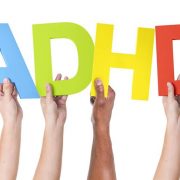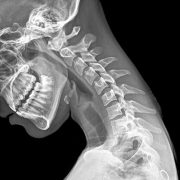Eye movement and ADHD
Eye movement is quite an important component of Posturology. It is the reflection of a neurological reality where it is that both eyes move as one unit to focus on a given target.
In the context of Posturology, we study eye movement and we associate the findings with the position of the head, at rest. When eye movement is weak, head position on the shoulders is often altered.
Since this eye tracking business originates in the brain, it is possible that it could be studied to diagnose cerebral problems.
As far as autism is concerned, Jennifer Wagner, a researcher at the Boston General Hospital, studies eye movement in babies to discern which ones are at risk of developing autism. Preliminary results suggest that, at around 9 months of age, for the child at risk, the baby’s pupil dilates more when looking at emotional faces, suggesting that these babies are more so stimulated by emotional content.
The study of ocular movement could allow us to distinguish between ADHD and fetal alcoholism syndrome, for example. Lauren Itti, of the University of South California, stipulates that children affected by fetal alcoholism syndrome observe the orientation of objects and contours differently.
Itti indicates that ocular movement can also be useful in the diagnostic of schizophrenia. She finds that schizophrenics have a difficult time pursuing an object.
On May 21, 2016, in the journal Biological Psychiatry, researchers have indicated that, via ocular movement tests, we were able to differentiate between schizophrenics and healthy individuals in 98% of the cases.
This all being said, in the context of Posturology, one can wonder how far it goes when we get eyes to coordinate and that we favor better neurological organization!










